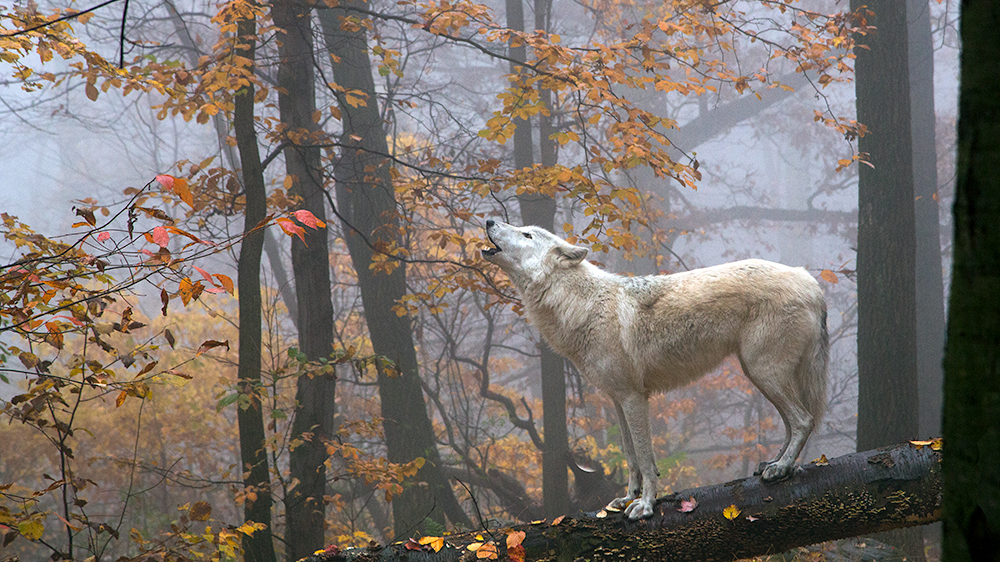Big Cats in Captivity: Rescue and Advocacy - United States
There are more tigers in captivity in the United States than there are in the wilda wild year: a look back at the year in wildlife and trends to look out for in 2022
a wild year: a look back at the year in wildlife and trends to look out for in 2022

Washington, D.C. (December 07, 2021) – As we step into a new year, the International Fund for Animal for Animal Welfare (IFAW) looks back on some of the most critical events that happened for wildlife and biodiversity in 2021, and what’s critical to accomplish in 2022 to ensure continued success helping animals and people thrive together.
“2021 ushered in a welcomed change to the trajectory of the United States’ recent domestic and international conservation priorities. The US rejoined the Paris climate agreement, committed to conserving 30 percent of US lands and water by 2030, and began to acknowledge the linkage between biodiversity conservation and pandemic prevention,” said Danielle Kessler, IFAW’s Country Director for the U.S. “While these actions are laudable and demonstrate the necessary political will for meaningful change, the upcoming year, and well beyond, are where the real work lies. Implementing these commitments will require seeking bold and innovative solutions, creating new systems of accountability, securing sustained funding, and ultimately driving towards transformative change. We look forward to building off of the momentum of the past year to continue advocating for critical issues of animal welfare and conservation in 2022.”
Some of the ‘Wildlife Wins’ in 2021 in which IFAW was involved include:
- Introduction in Congress of critical legislation including the Big Cat Public Safety Act, which would rein in the U.S. trade in “pet” tigers, lions, and other big cats and ban dangerous exhibits that promote direct contact between big cats and the public. Ultimately, this will reduce risks to people and improve the welfare of captive big cats across the U.S.;
- Announcement of plans to restore robust implementation of the Endangered Species Act, including protections for imperiled animals’ critical habitat;
- $350M for critical wildlife crossings as part of the bipartisan Infrastructure Investment and Jobs Act,which was signed into law by President Biden. These structures will significantly reduce the number of wildlife-vehicle collisions that occur each year across the U.S., threatening the lives of humans and animals, and coting an estimated $8B annually;
- Re-introduction of “Canyon’s Law,” federal legislation to ban the use of M-44 wildlife poison devices on federal public lands;
- Inclusion of the concept of ‘ropeless fishing’ as a viable solution for risk reduction for large whales, announced by the National Oceanic and Atmospheric Administration (NOAA). This is essential to the survival of the critically endangered North Atlantic right whale and makes it the first time since closures have been in place, that fishermen can continue fishing while protecting this critically endangered species; and
- Inclusion of significant portions of text from the Preventing Future Pandemics Act (PFPA) in the version of the National Defense Authorization Act (NDAA) which passed the US House of Representatives. The legislation would provide a diplomatic framework in support of closing commercial wildlife markets internationally, and provide resources to front-line communities that wish to transition from wildlife to safer and more sustainable food sources. It would also significantly expand the US Fish and Wildlife attaché program which provides training and assistance to crack down on international wildlife trafficking.
To learn more about IFAW and its ongoing advocacy efforts in the US, please visit https://www.ifaw.org/campaigns/us-policy-work.
Related content
every problem has a solution, every solution needs support.
The problems we face are urgent, complicated, and resistant to change. Real solutions demand creativity, hard work, and involvement from people like you.